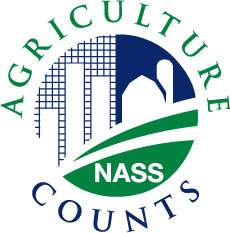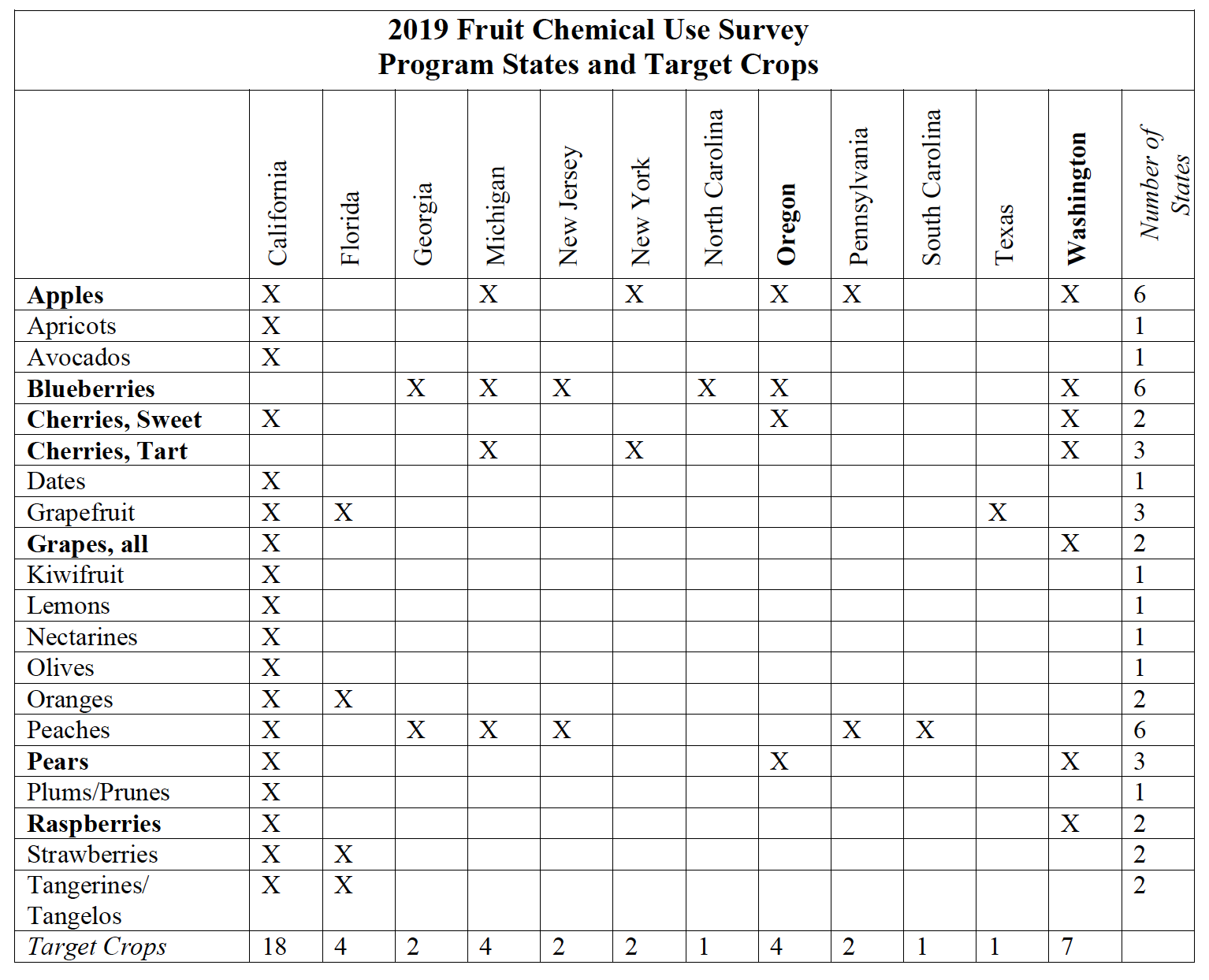EPA Finalizes Methodologies to Improve Drinking Water Assessments for Conventional Pesticides
This original announcement was published by the EPA on September 19, 2020. Click here for more.
After a thorough review of the best available science and carefully considering scientific peer review and public comments, EPA has released the final version of three new methodologies to improve drinking water assessments for conventional pesticides. Collectively, these new methods use advanced modeling approaches to incorporate the best available surface water modeling, spatial and historical data on pesticide use. These methods are designed to improve the accuracy, consistency and transparency of pesticide drinking water modeling.
Specifically, the new methods:
- Build new scenarios (a combination of crop, soil type, and weather data) for use in EPA’s Pesticide in Water Calculator, the standard water exposure model for both drinking water and aquatic wildlife;
- Better account for variability in the agricultural area within a watershed that may contribute to a drinking water intake (Percent Cropped Area (PCA)) and incorporate data on the amount of a pesticide applied within a watershed for each use (Percent Crop Treated (PCT));
- Outline methods to confidently use surface water monitoring data;
- Derive and integrate pesticide-specific sampling bias factors to address temporal challenges with available monitoring data; and,
- Use a weight-of-evidence approach to evaluate the relevance of monitoring sites to drinking water watersheds to address spatial limitations with available monitoring data.
Approaches for the Quantitative Use of Surface Water Monitoring Data in Drinking Water Assessments were presented to the Federal Insecticide Fungicide and Rodenticide Act Scientific Advisory Panel in Fall 2019 and the other two methods underwent contract peer review and public comment this past winter. EPA plans to incorporate these new methods into future drinking water assessments when appropriate.
In addition to finalizing these methods to improve drinking water assessments, EPA is also releasing a Framework for Conducting Pesticide Drinking Water Assessments for Surface Water, which describes EPA’s robust, tiered process designed to efficiently screen out pesticides that do not pose a potential risk to human health from those requiring more highly refined analyses to better understand potential risks.
Read about the new methodologies on our webpage.


